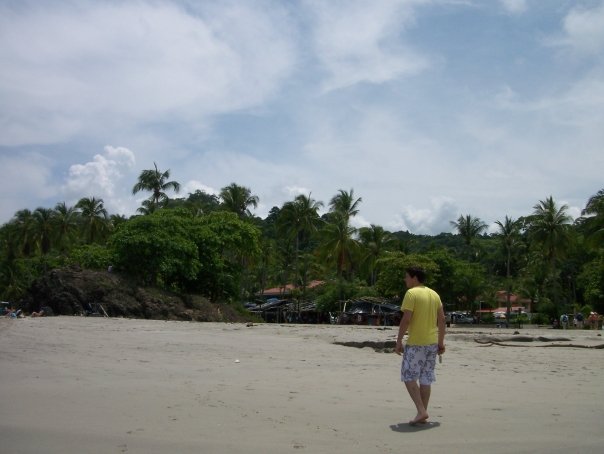As mentioned in one of my previous blogs, I said that the school looks pretty new and not as bad as I was expecting, but there was one thing that took me be surprise that I just couldn’t understand. This past tutoring experience, I needed to pick some things up from CVS and some tamarind juice and something to bring for work later that day. By the time I was all done and at the school I was a good 15 minutes early, so I buzzed in and signed the visitor’s book and decided to explore the school. I walked around and found a bathroom, so I walked inside to find two urinals, three toilets, and some sinks. This may seem normal, but there were no doors on the stalls to the toilets and no mirrors above the sinks. I think that this was the biggest shock of all my teaching experiences and let me see another difference to what seemed like, from the outside, a pretty nice school. Now, of course, this school is not a bad school, but I’m just beginning to find some of the more obscure problems with it. This whole experience has lessened the gap between me and students who came from urban schools as a result of seeing these little differences and problems that are as mundane as bathroom use or as obvious as what an average class could be like.
Kahne and Westheimer in their article “In the Service of What? The Politics of Service Learning” stress the difference between charity and change. Where charity is still an important act that helps the lives of others, the change model that they mention incorporates this charity and pairs it with deeper investigation that leads to a transformative experience, social reconstruction and a different level of caring. Even though I don’t think I have done this full version of the change model, this experience was something a little bit more than just charity. This past time that I went in I was greeted with hello’s, warm smiles, and for the first time a warm “how are you” from the student that I am always teaching. I think that by teaching the full two hours in French and lowering myself to a level of LFP (Limited French Proficient) my main tutoree can see that I know how it feels to be the person who doesn’t speak the academic language perfectly. This levels out the gap between us and hopefully led him to trust and respect me more while also showing him my confidence in speaking French even if it isn’t always correct.
Also by showing respect to his own language and showing him the parts of a sentence and how they transfer in French, I am taking in Goldenburg’s ideas (a theorist who believed that learning to read and write in a home language will better facilitate learning the English language) and putting them into action in order to raise the value of his native language and combine it with the language of the majority. By using this theorist’s ideas mixed with many of the other ones that were read and discussed in my FNED class and in my previous blogs, I think that I am inadvertently contributing to the change model since I am socially acknowledging the linguistics and culture of the student and by doing so it has become a transformative teaching experience where, in the future, I can apply the skills that I am learning now to make my future classroom into a better learning environment. By doing this one-on-one tutoring almost 100% in the French language (since they started off knowing basically nothing in the language) I have let them know that even though they are learning English and people are pushing them to do so, it is still very important to keep their culture and that it is worth something, even if the dominant ideology may stress the importance of their own.
Subscribe to:
Post Comments (Atom)

Beautiful post, Kevin. Your connections to K&W and Goldenberg demonstrate not only a deep understanding of their theories, but also a commitment and ability to apply them. Impressive.
ReplyDeleteDr. August